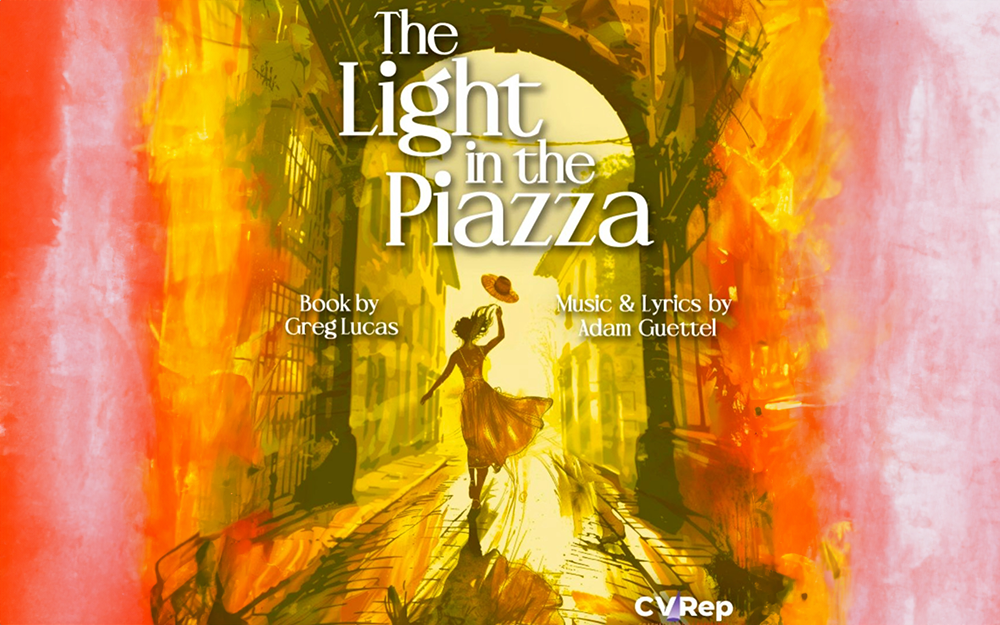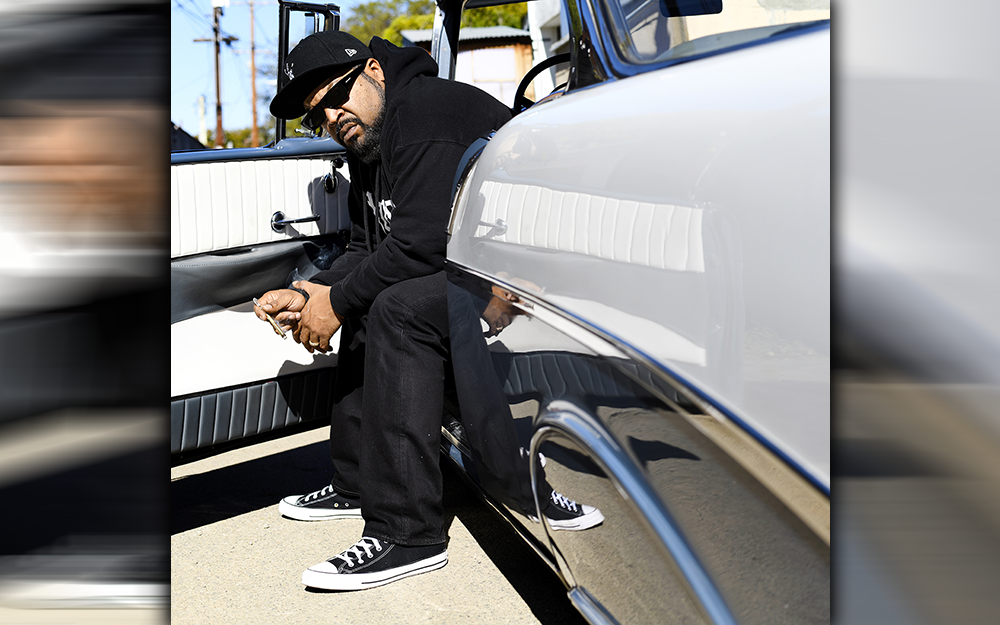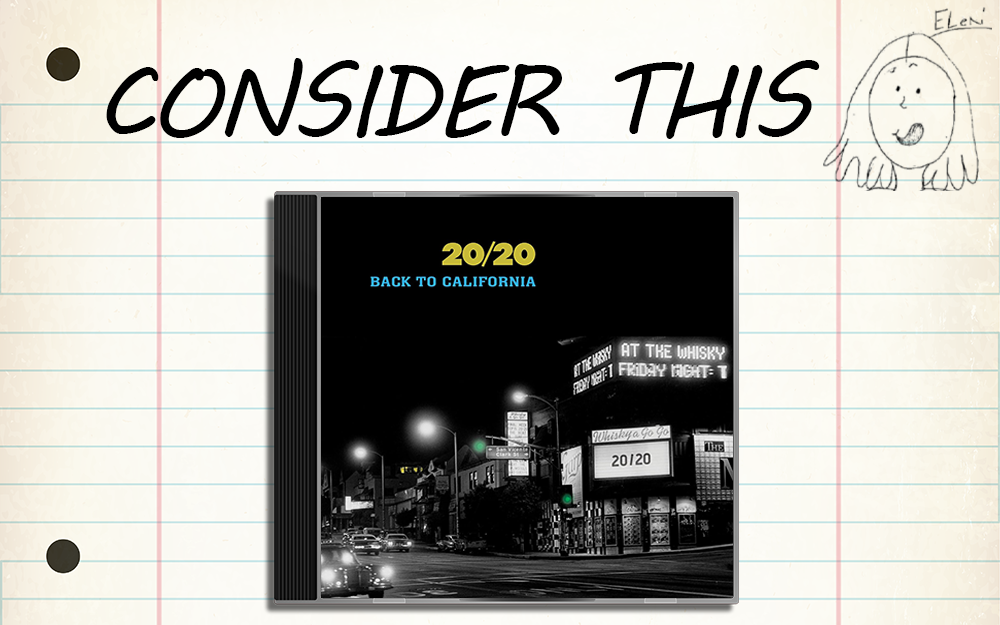
By Heidi Simmons
—–
Empty Mansions
By Bill Dedman and Paul Clark Newell, Jr.
Non Fiction
—–
Imagine having over $300 million in the bank with three fully staffed mansions but choosing to live in a small hospital room instead. This is just part of the story about heiress Huguette Clark in Bill Dedman and Paul Clark Newell, Jr.’s new book, Empty Mansions: The Mysterious Life of Huguette Clark and the Spending of a Great American Fortune. (Random House, 442 pages)
Born in 1906 Paris, France, Huguette Marcelle Clark was the youngest daughter of American industrialist William Andrew Clark who made his fortune from copper mining. A contemporary of J. D. Rockefeller and Dale Carnegie, W.A. Clark, as he was known, was richer. His wealth in today’s dollars would rival Bill Gates’ and Warren Buffet’s.
Huguette’s mother, Anna was the daughter of French Canadian immigrants. W.A. Clark met Anna in Butte, Montana. A widower, he sponsored Anna, giving her music lessons in Paris, where they eventually married. She was 39 years his junior. Huguette had an older sister Andrée, born in Spain, and five half siblings from Clark’s first marriage. The Clarks fled France at the start of the First World War. When they arrived in the United States, the girls were already famous. Huguette at four-years-old could speak and read French, Spanish and English.
As intriguing as Huguette’s life may be, what I found to be most fascinating in
Dedman’s book was her father W.A. Clark. He was a visionary, and entrepreneur. He was self-made and ran his coast-to-coast businesses himself. He built a railway from Los Angeles to Salt Lake City. He founded Las Vegas. He helped shape LA and Long Beach into the cities they are today.
Clark served as a U.S. Senator representing Montana but lost his seat after being accused of bribery. Mark Twain condemned Clark in a public essay where he coined the phrase “Gilded Age” to describe the excess and corruption of men like Clark.
W.A. Clark built a 121 room, six story Beaux Arts mansion in New York on the corner of Fifth Avenue and Seventy-Seventh Street. His neighbors were the Vanderbilts, the Astors and the Carnegies. It took 13 years and cost the equivalent in today’s money of $225 million. It had five art galleries to house his multiples of Pissarro, Degas, Monet and Van Goghs to name a few.
When W.A. Clark died in 1925 at 86 years old, he left an estate worth $250 million or 3.4 billion today. One-fifth of the estate went to Huguette. She was 18. Just a small portion went to his favorite charities. The New York property was sold and divided between the heirs. From the pages of Empty Mansions the impression is he was a dedicated family man who loved and respected his children and wives.
Huguette and her mother moved to 907 Fifth Avenue where they shared a 15,000 square foot apartment. Huguette was very close to her mother. After her sister Andrée died before her 17th birthday, the two women already shy and not interested in high-society, mostly kept to themselves only nurturing a few close friends.
Anna had signed a prenuptial agreement with W. A. and only received $2.5 million. She built a 23,000 square foot mansion called Bellosguardo on a bluff in Santa Barbara over looking the Pacific Ocean. The last time mother and daughter were there was 1949. The house was perfectly maintained, locked in time up to Huguette’s death. The cars, a 1933 Cadillac limousine and Chrysler convertible, were kept in running condition, still in the garage.
Huguette bought a 4,000 square foot property she called Le Beau Château in New Canaan, Connecticut. Intended as a retreat for her and her mother in case New York was attacked in World War II, she never lived in it. She owned Monets, Cézannes and collected Stradivarius violins.
When Anna died in 1963 at the age of 85, she left her estate to Huguette, which included the Santa Barbara and Manhattan mansions. California, New York and Connecticut properties totaled over 42,000 square feet costing $400,000 a year to maintain.
Although Huguette was married for a year before it was annulled, she never pursued any relationships. She became more reclusive and stuck with only her few old friends and trusted workers communicating by phone or through the door. She was interested and studied Japanese culture but never traveled there. She collected dolls and designed dollhouse. She painted. Never seeing anyone, she maintained regular contact with her lawyer and trusted accountant.
In 1991, Huguette now 85 was admitted to Beth Israel Medical Center suffering from basal cell carcinomas that had disfigured her face. Happy with the care, she stayed there for the rest of her life dying just days before her 105 birthday in 2011.
Huguette Clark was extremely generous to those she loved and respected. She honored her mother and father’s charities. She gave so much money away, her estate owed $56 million in gift tax, which apparently was overlooked by her accountant probably since Huguette managed her own checkbook. She took care of her employees. When they died, Huguette paid the salary to their spouse until their death. She paid for their children’s college educations. A caregiver who attended her broker before he died was given $300,000 for her kindness although Huguette never met the woman.
Those who actually knew Huguette called her kind, thoughtful, compassionate. She was a woman who knew her own mind. She was sharp and could remember details of her amazing life. While those who did not know her called her mentally ill, crazy and controlled.
For years no one knew what happened to her or even knew who she was. As it turns out, at least according to Dedman and Newell, she was an honorable heiress, loyal and generous. Most interesting is Huguette did not want notoriety just because she was rich American heiress.











































